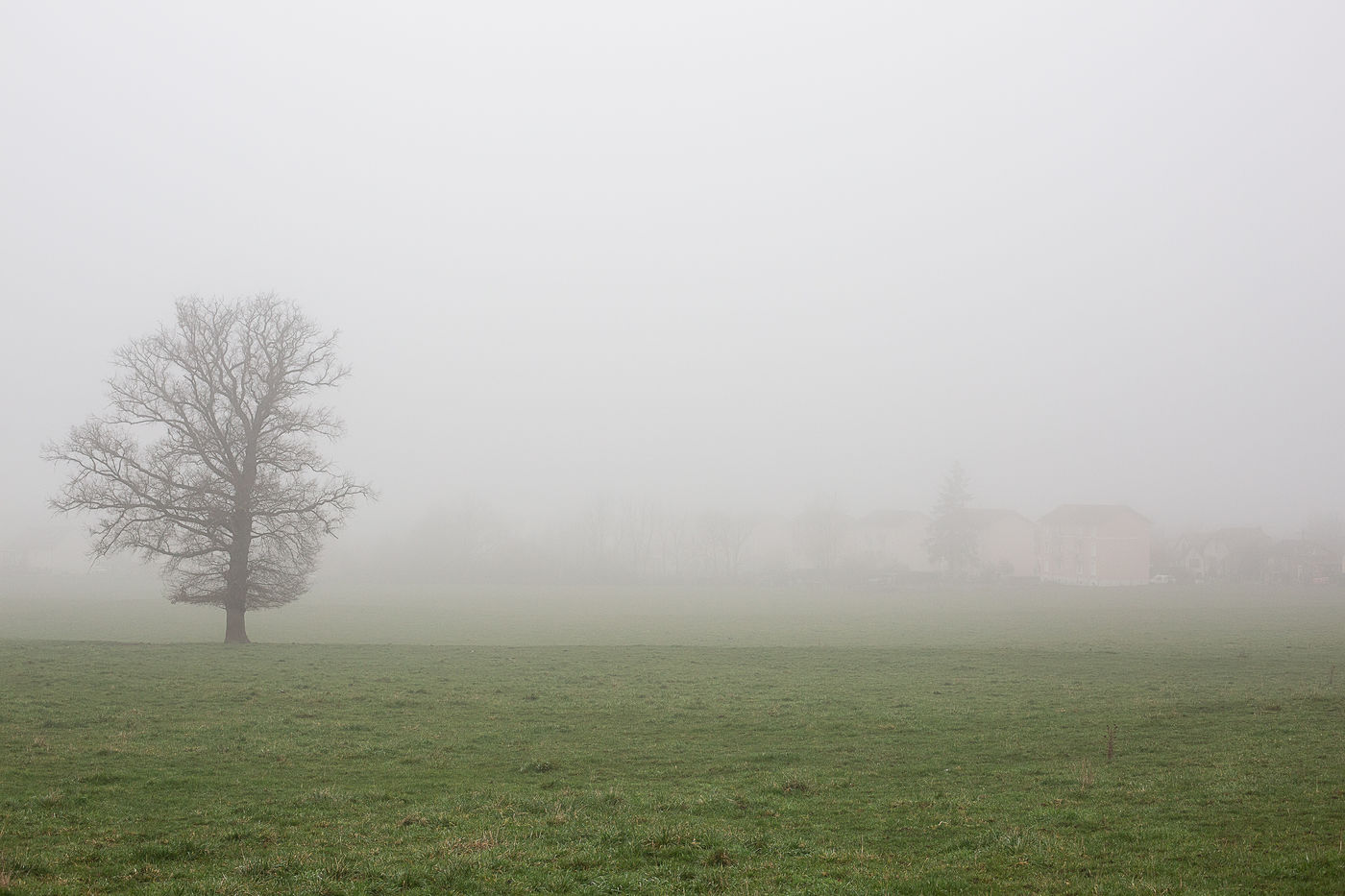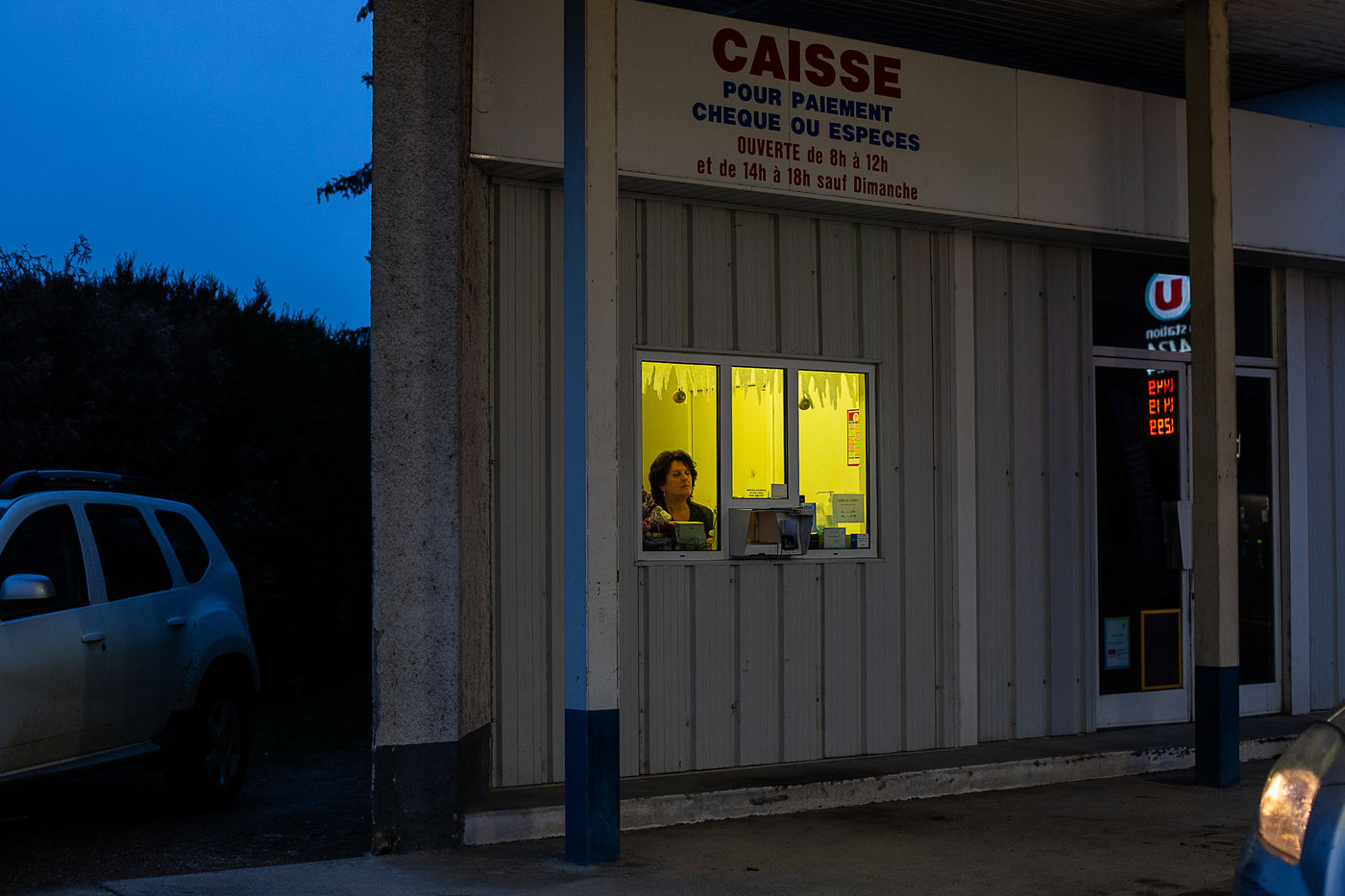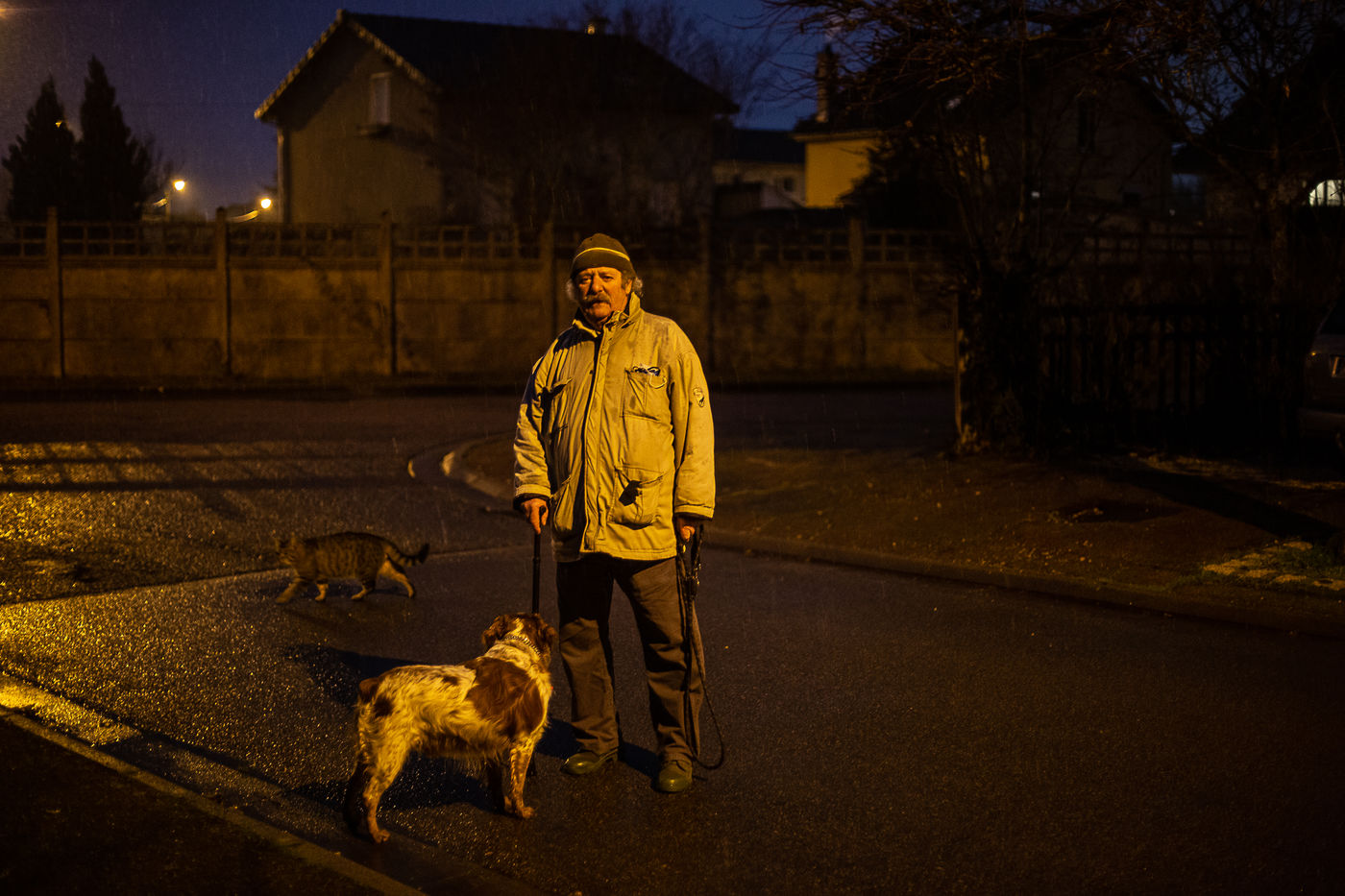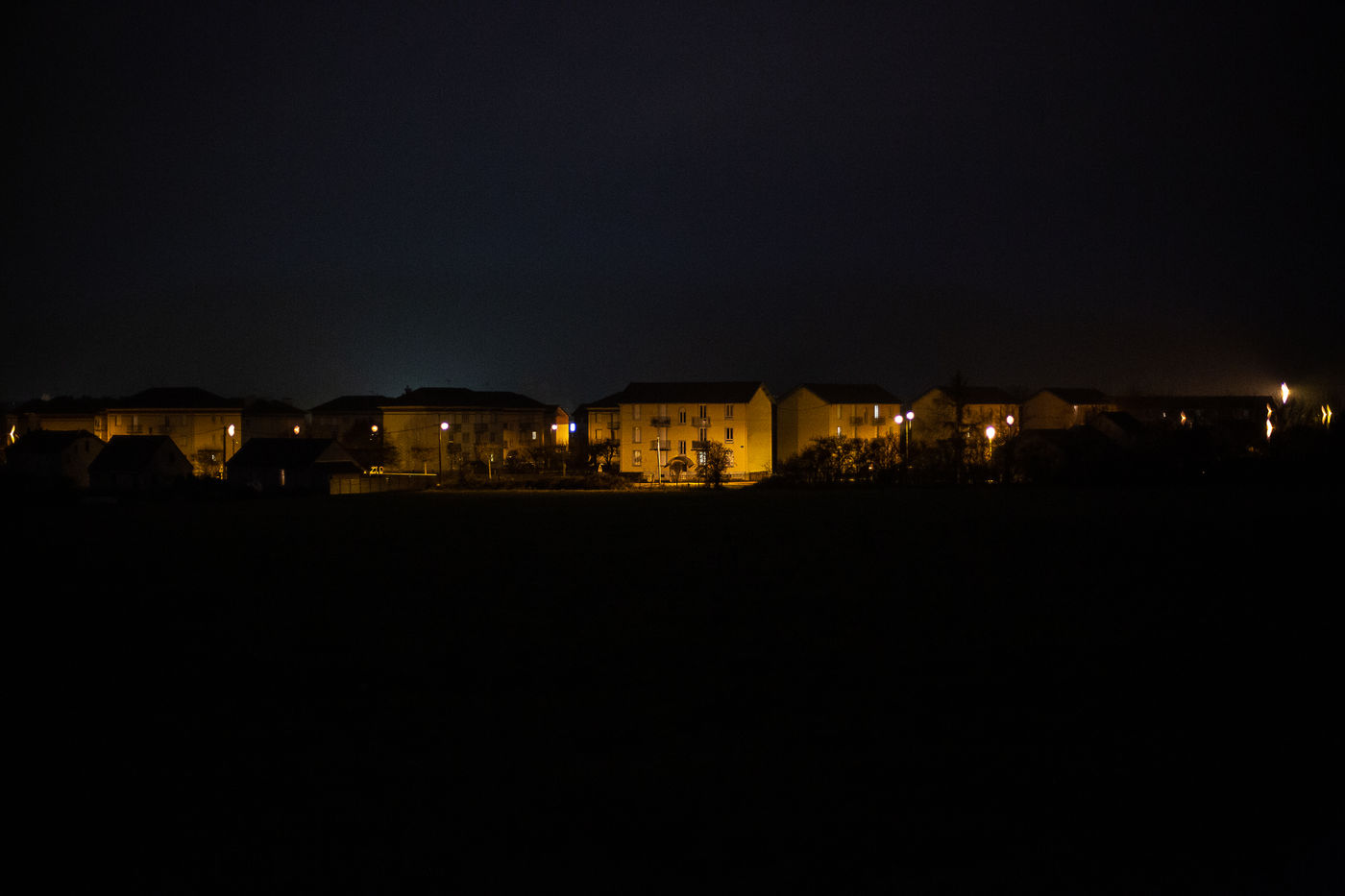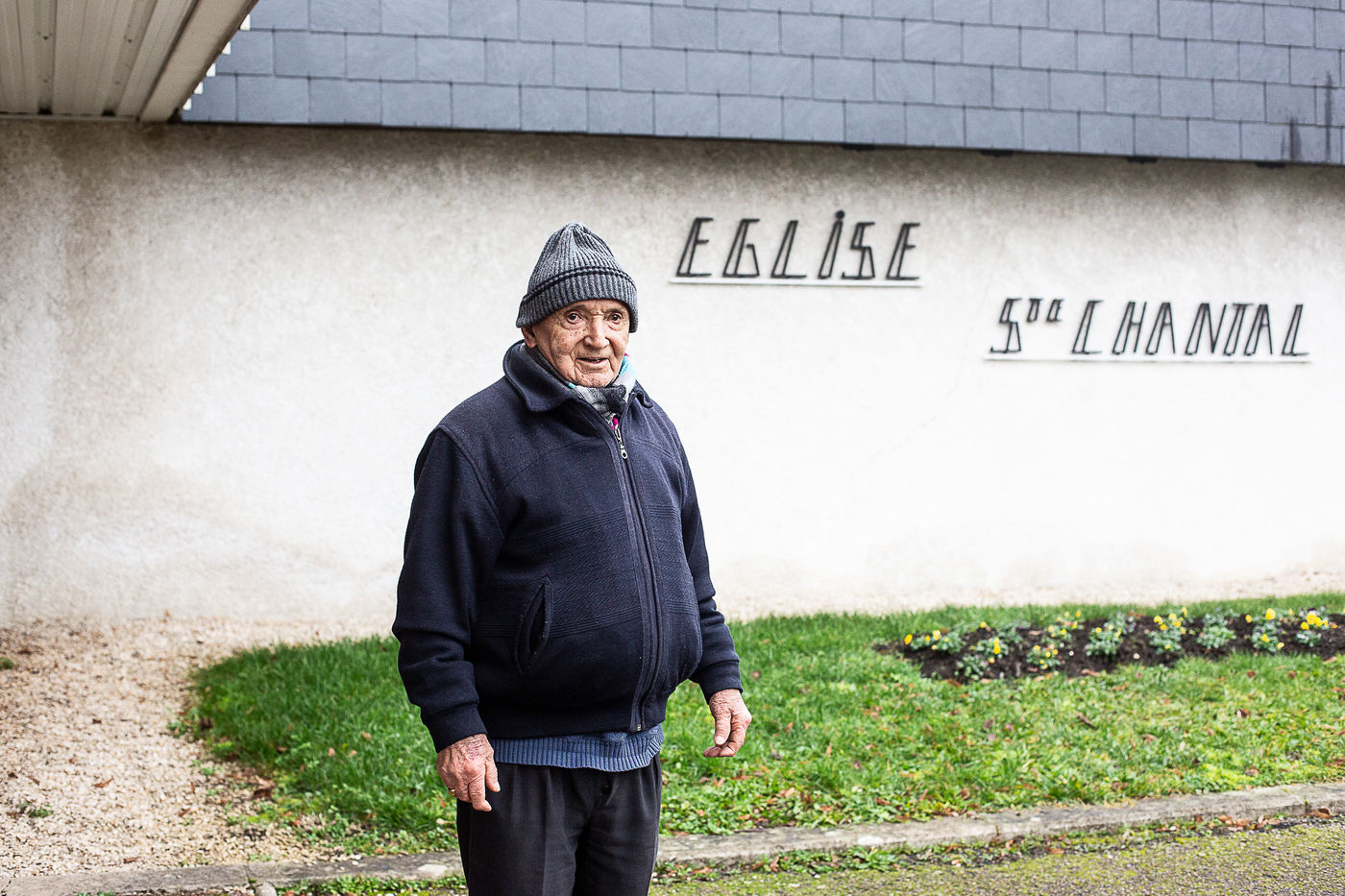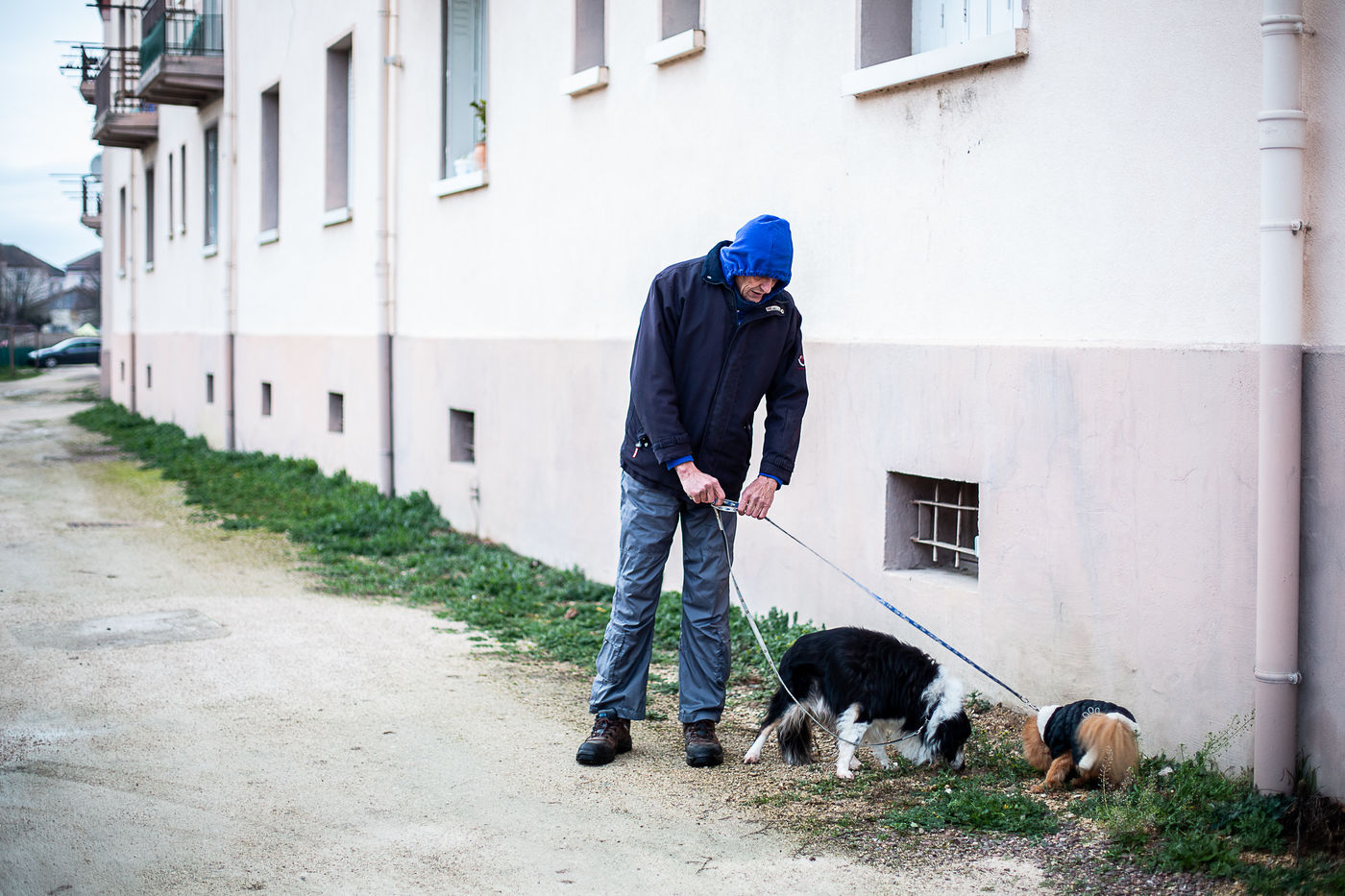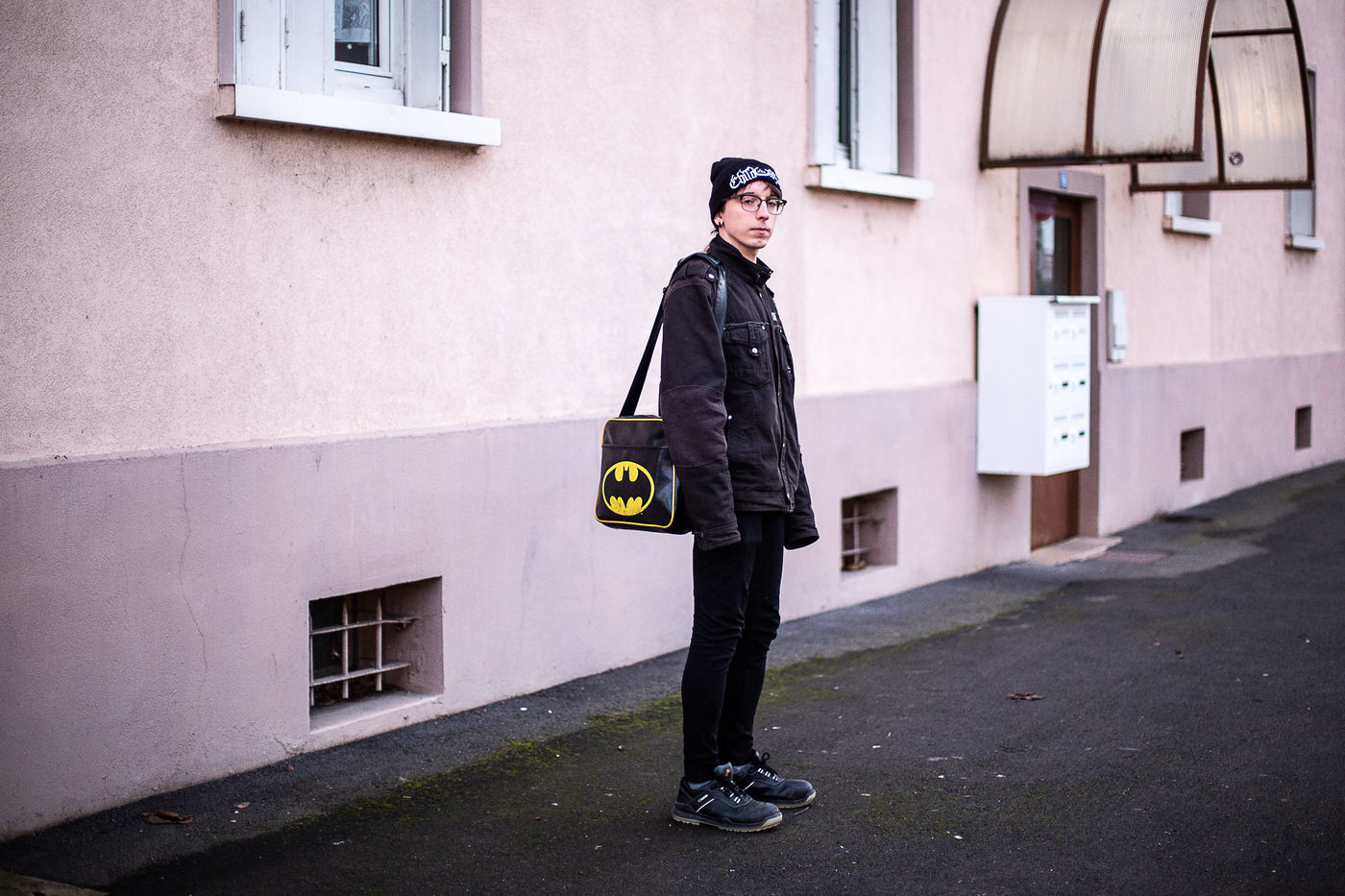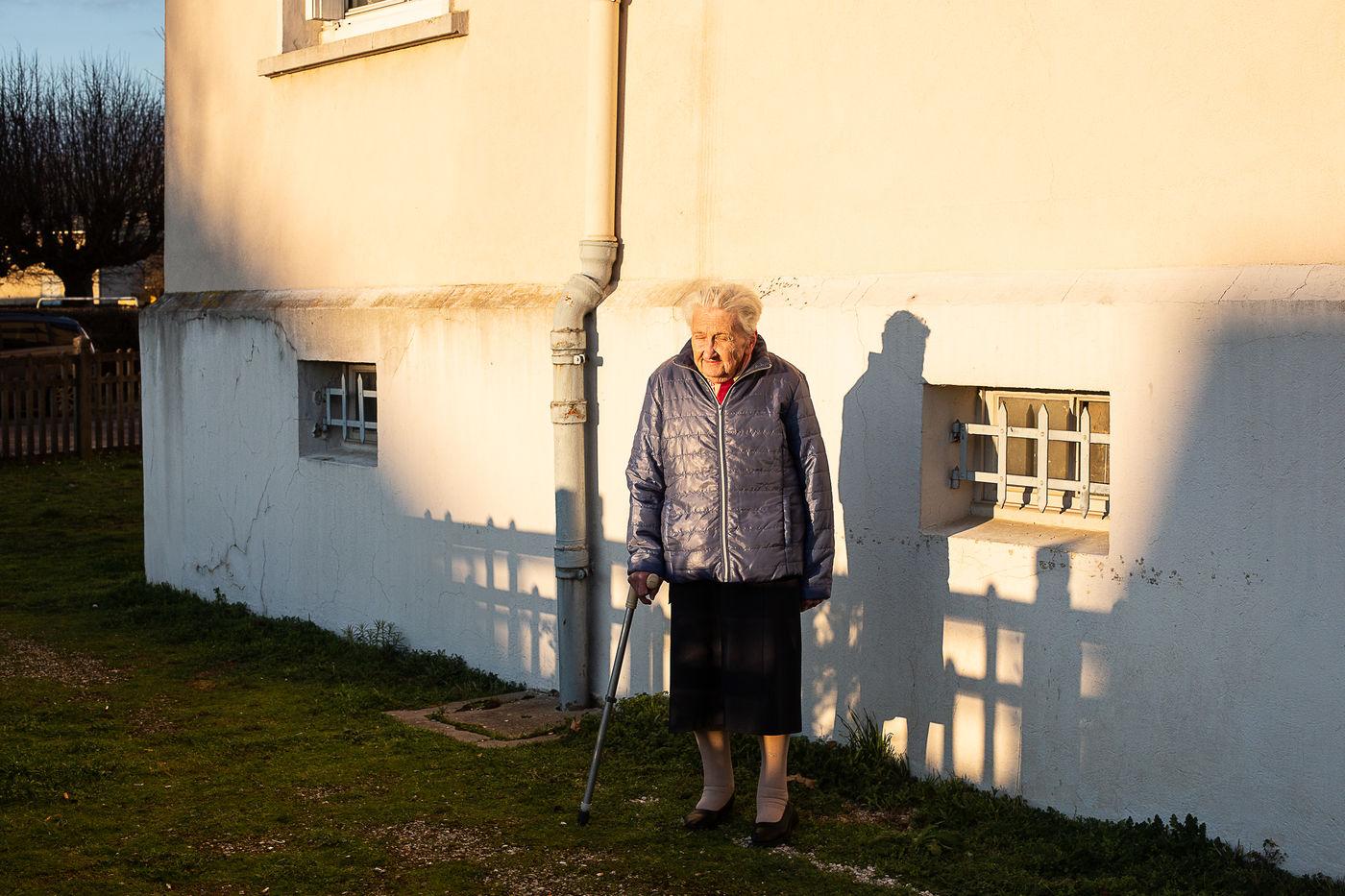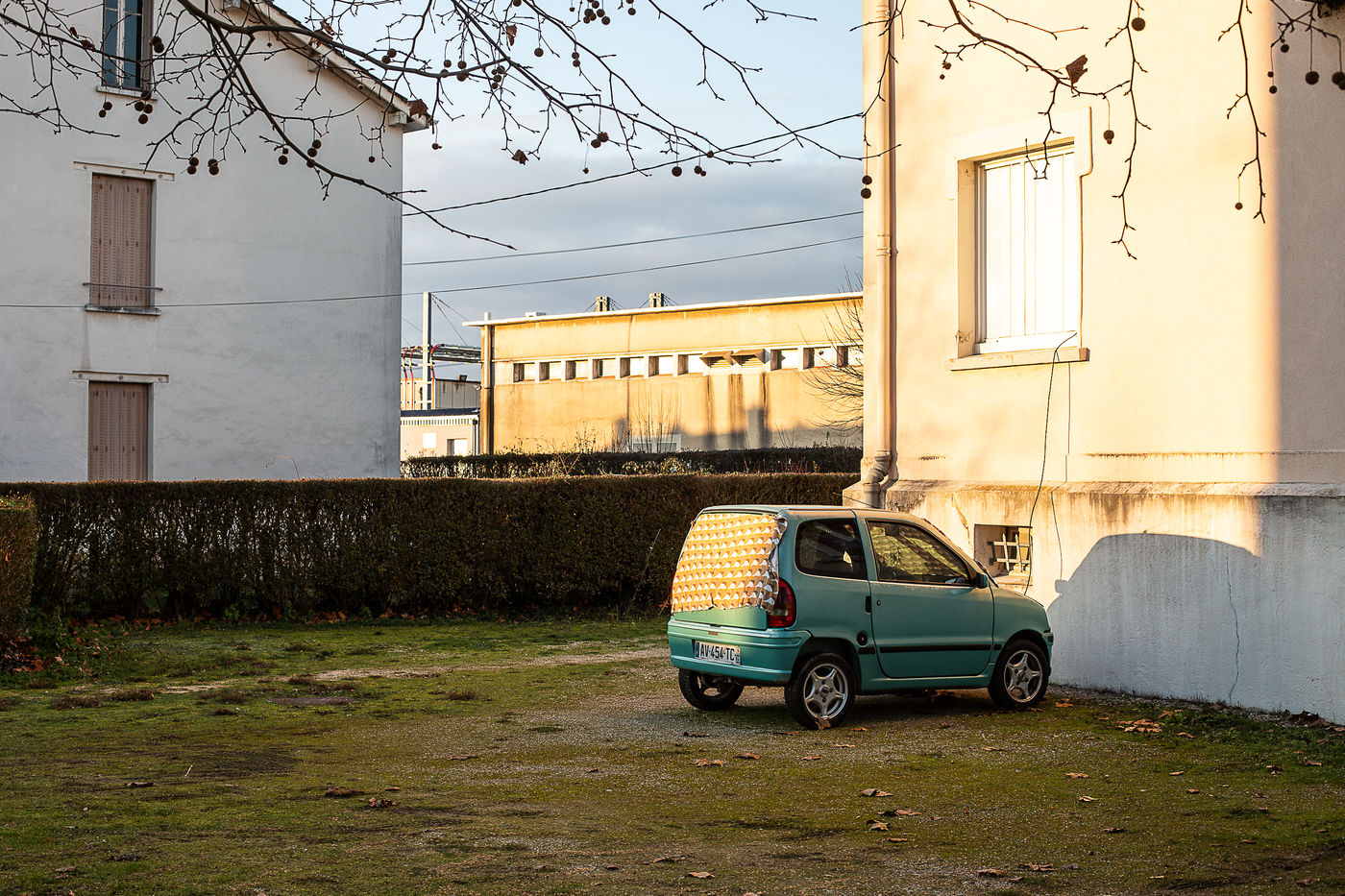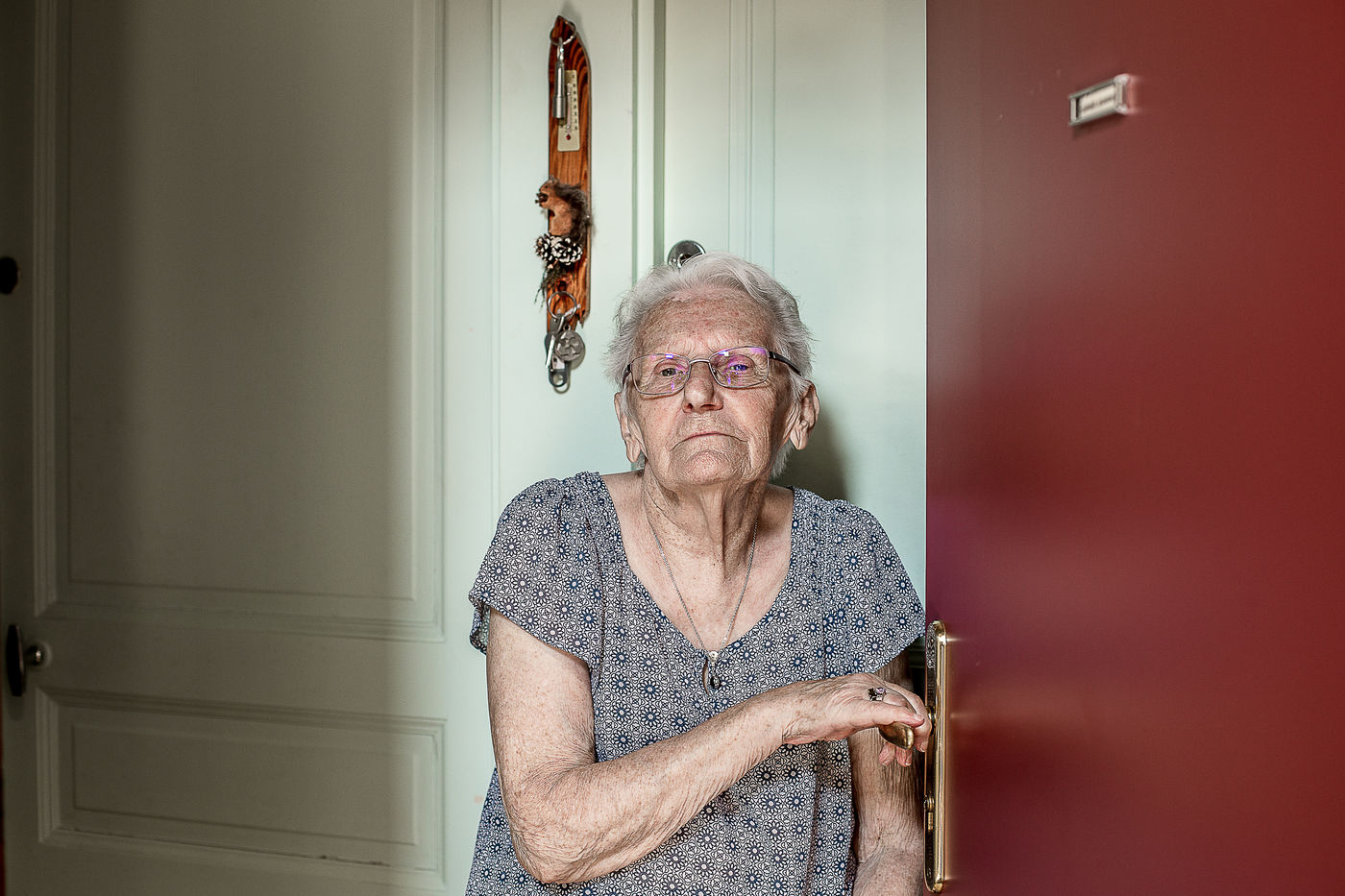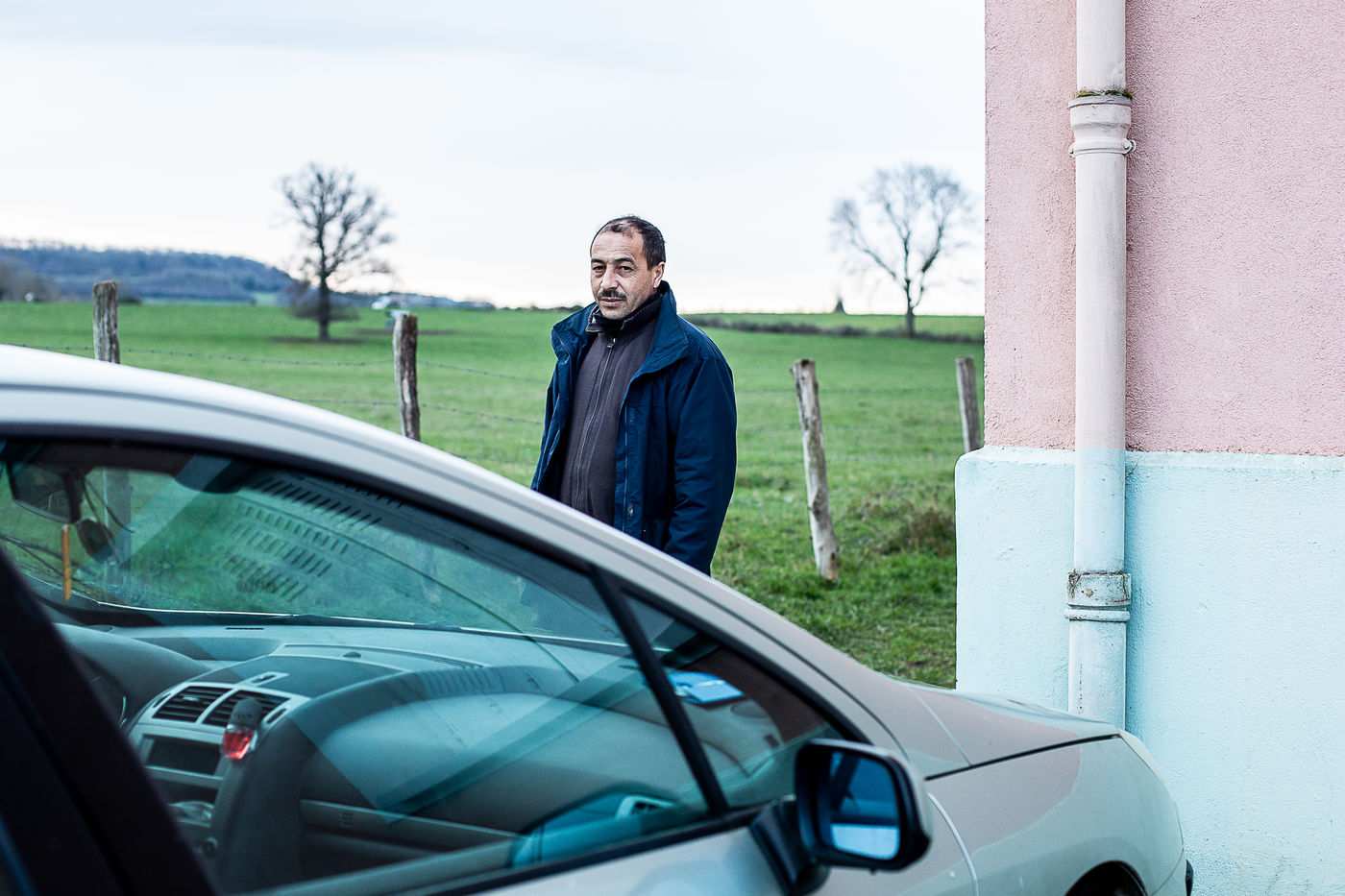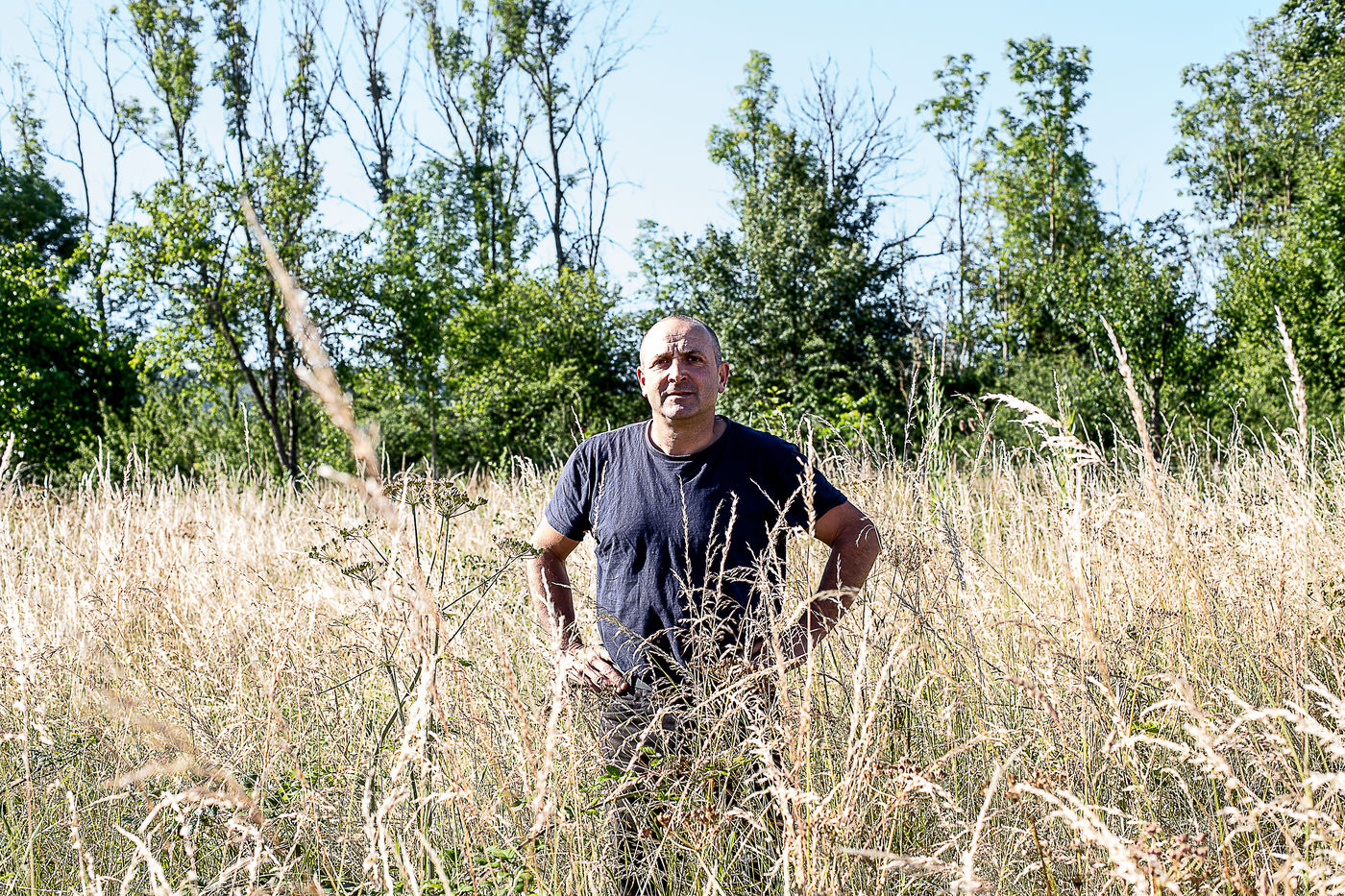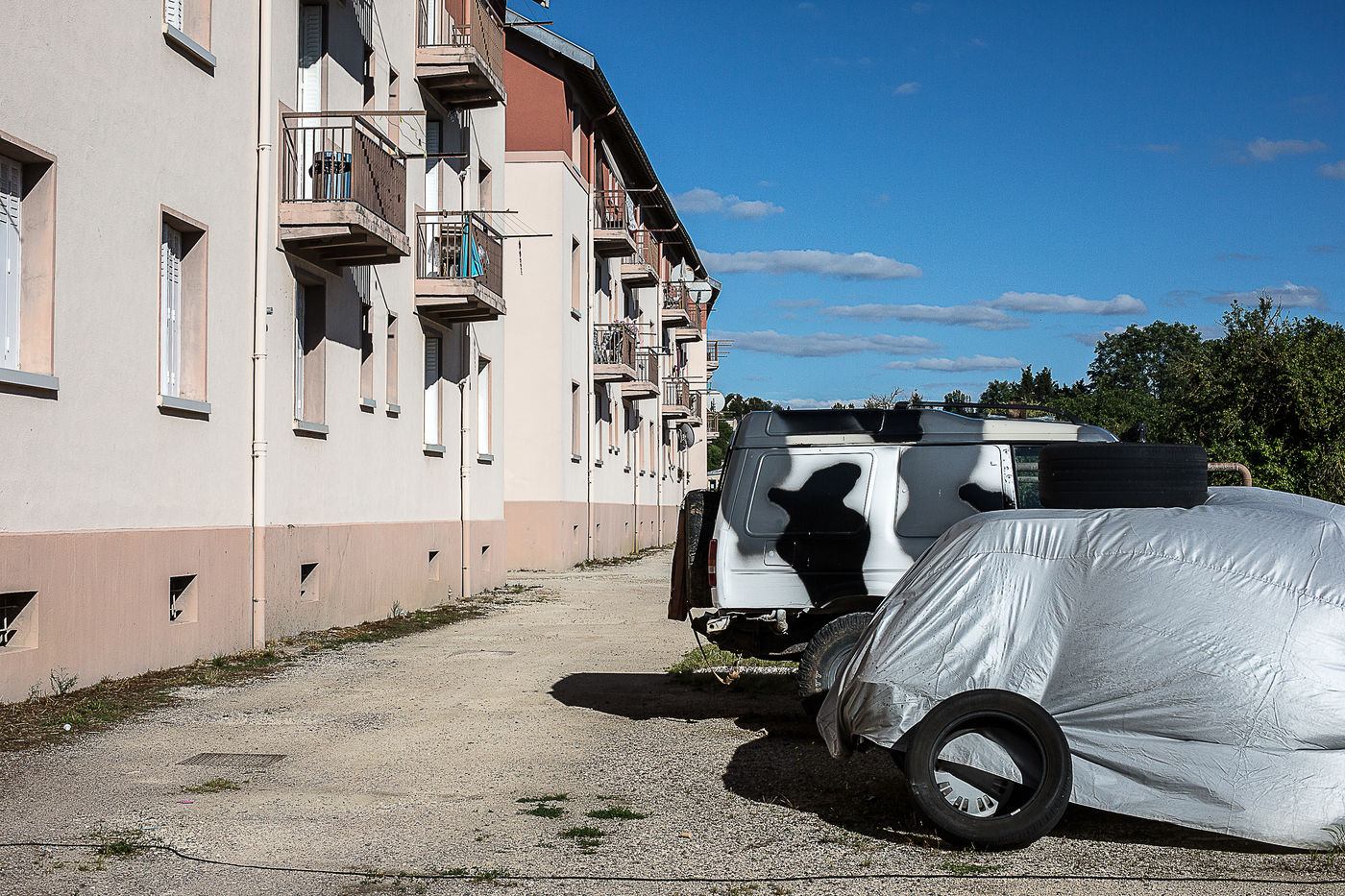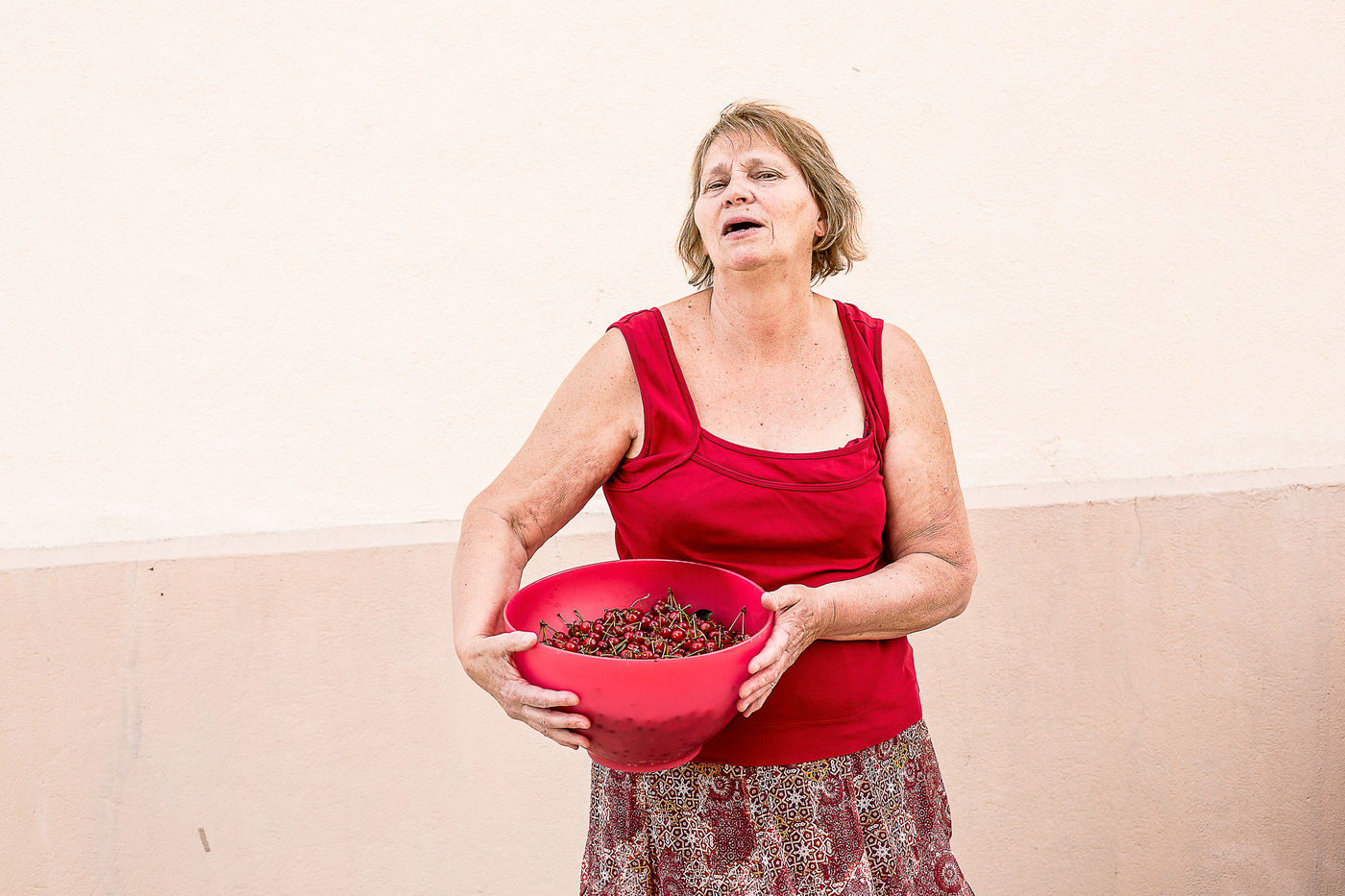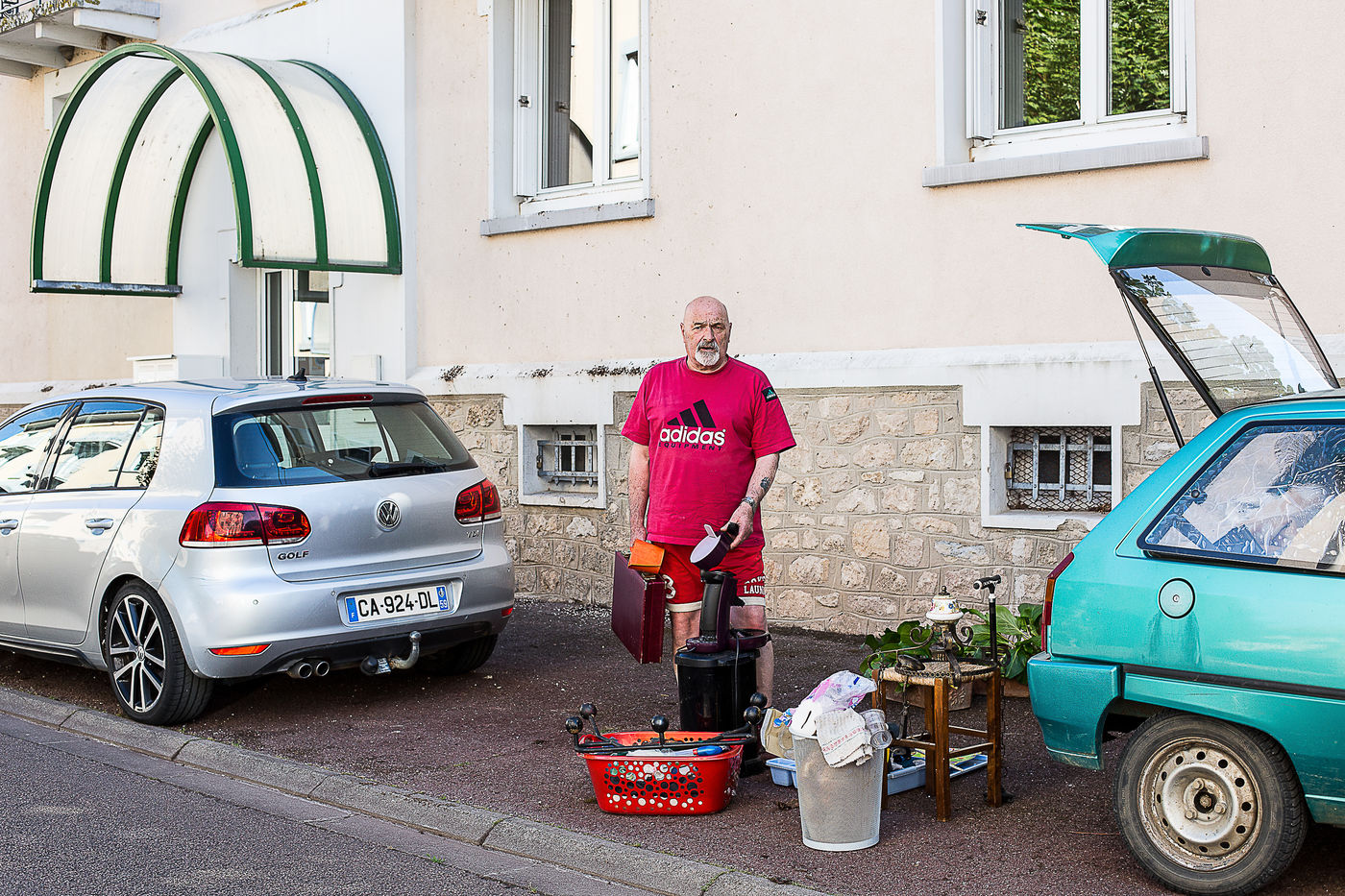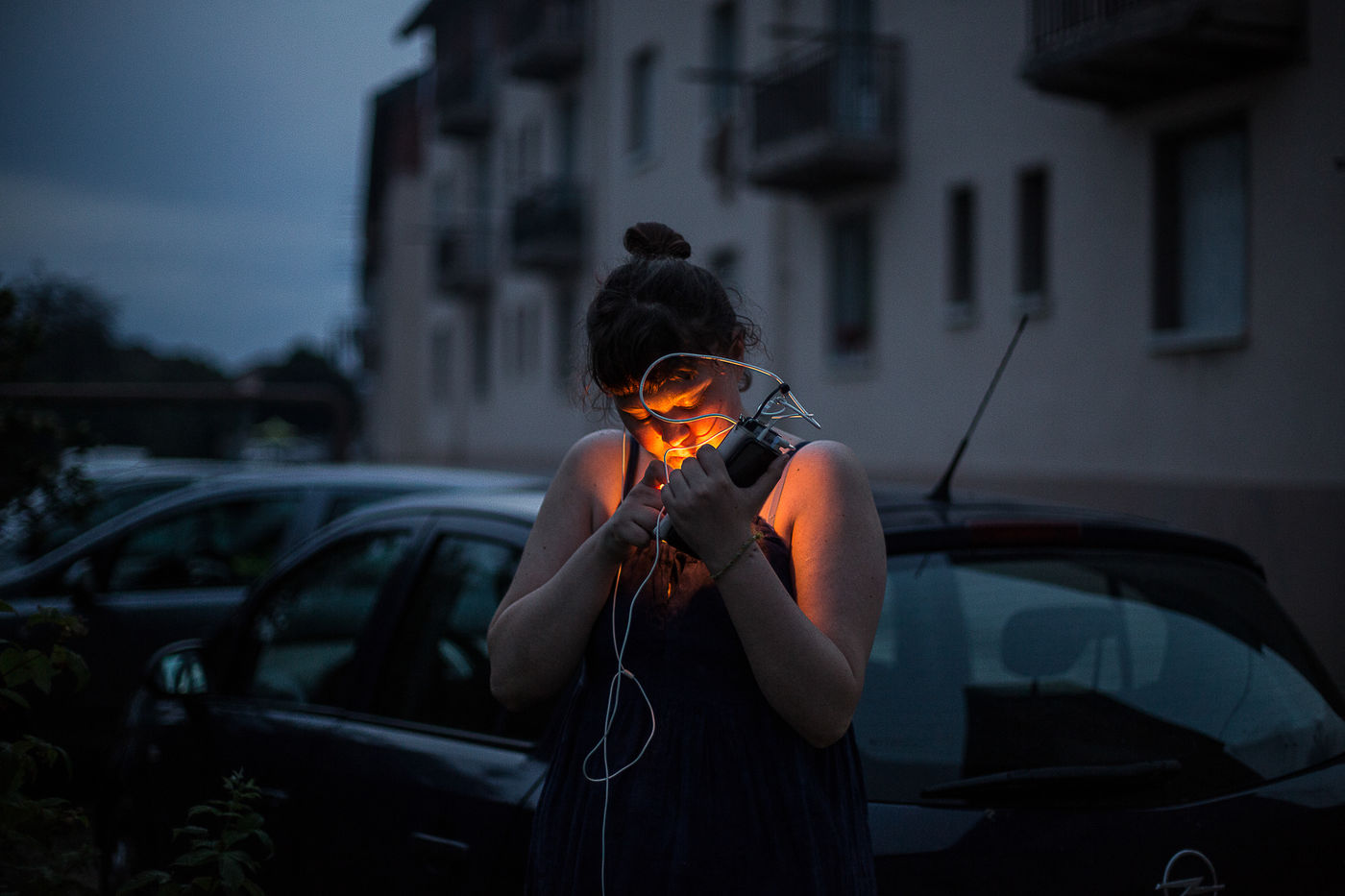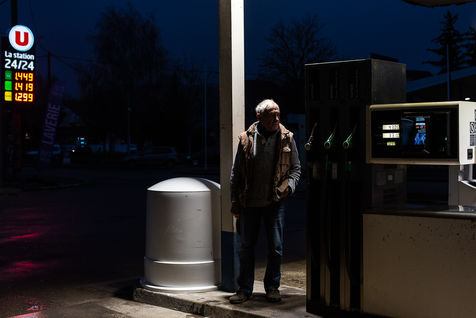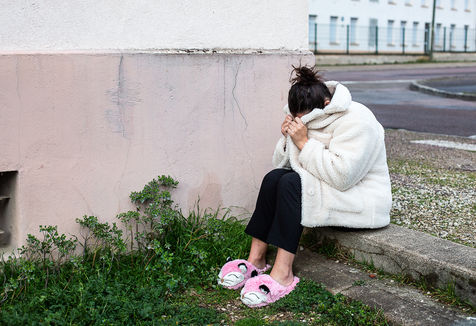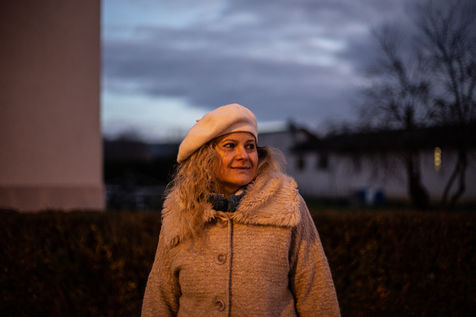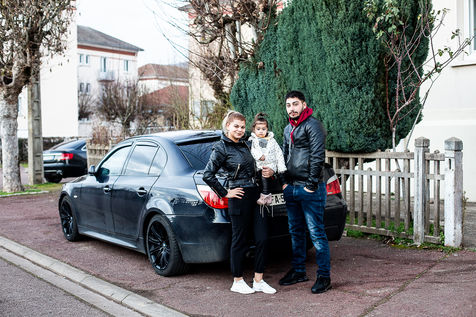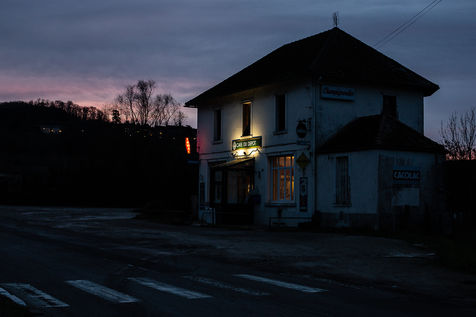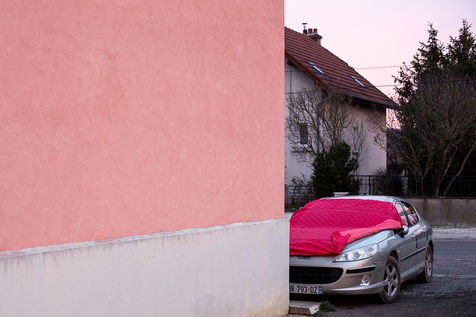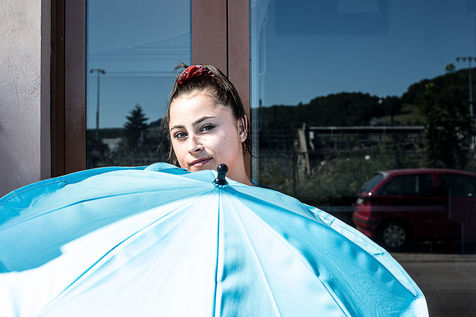Hors-Champ
Venarey-Les Laumes a longtemps été une ville aux contours flous. En effet, la construction d'un depôt par la compagnie P.L.M en 1919-1920 pour permettre l'approvisionnement et l'entretien des locomotives a permis au petit village de Venarey de devenir un bourg, accolé à cette nouvelle cité cheminote dont les logements pouvaient accueillir jusqu'à 300 familles. L'étendue entre le village et les cités cheminotes a amputé ce bourg d'un centre-ville tel que l'on se l'imagine. Les petits commerces réunis dans la rue Marcelin Berthelot ont été isolés par la construction d'un pont au dessus de la voie ferrée et ont lentement décliné. Au centre de cette nouvelle organisation urbaine, se trouvait l'ancienne laiterie Bel. Après sa fermeture vers 1990, Venarey-Les Laumes ne ressemblait à aucune autre petite ville rurale, avant que le Super U ne s'y installe, devenant ainsi symboliquement le centre-ville dont elle a été si longtemps privée.
Le projet photographique mené depuis l'été 2020 répond à certains enjeux : valoriser par le biais de l'image l'urbanisme de cette petite commune et plus particulièrement ceux qui l'habitent.
Ainsi, le projet s'est attardé, pour commencer, sur les cités cheminotes qui appartiennent encore aujourd'hui à la Société Immobilière des Chemins de fer. Devenues logements sociaux, on y retrouve les jardins ouvriers, certains sont cultivés, d'autres servent de jardins d'agrément. Les rencontres sont nombreuses : Jeannine, 88 ans, veuve d'un cheminot dont le métier etait celui de « visiteur » (il tapait contre les roues des trains) laisse entendre que la vie a évolué au sein de ces cités, « on s'y rassemblait davantage, il y avait le bal des cités, on était entre cheminots », regrettant un peu l'esprit de communauté qui y régnait. On y croise aussi Ziya, bucheron d'origine turque, installé depuis 14 ans avec sa famille et qui apprécie le petit bout de jardin où il a pu installer sa caravane et une piscine gonflable pour ses filles. Ou encore Fanny, jeune mère célibataire avec son bébé qui vit ici depuis un an. Et aussi Joël, en train d'emménager, ravi d'avoir obtenu un logement pour ses vieux jours, facilement chauffable et proche des commodités. Et Gabrielle, 18 ans, sans emploi suite à un accident de voiture...
Déambuler dans la ville et renouer avec la photo de rue, celle des rencontres du hasard, révéler des vies ordinaires, dépeindre une réalité sociale sont les objectifs de ce projet. Enfin, photographier une petite cité que personne ne regarde tant elle est absente du champ médiatique, comme de nombreuses petites bourgades des territoires ruraux, me permet de chercher l'universel dans le singulier. Venarey-Les Laumes est « hors champ » au propre comme au figuré. Porter mon regard sur elle lui donne de l'importance, je saisis quelques instants, je vous les livre et la magie de la photographie opère : rendre visible l'invisible.
Off-screen
Venarey-Les Laumes has long been a city with blurred contours. Indeed, the construction of a depot by the P.L.M. company in 1919-1920 to allow the supply and maintenance of locomotives allowed the small village of Venarey to become a town, attached to this new railway city whose housing could accommodate up to 300 families. The distance between the village and the railroad cities has amputated the town center as we can imagine it. The small businesses gathered in the Marcelin Berthelot street were isolated by the construction of a bridge over the railway and slowly declined. At the center of this new urban organization was the former Bel Dairy. After its closure around 1990, Venarey-Les Laumes was unlike any other small rural town before the Super U moved in, symbolically becoming the downtown it had been deprived of for so long.
The photographic project carried out since the summer of 2020 responds to certain challenges: to use images to enhance the urban planning of this small town, and more particularly the people who live there.
Thus, the project lingered, to begin with, on the railroad cities that still belong to the Société Immobilière des Chemins de fer. Having become social housing, one finds there the allotments, some are cultivated, others are used as pleasure gardens. The meetings are numerous: Jeannine, 88 years old, widow of a railroad worker whose job was that of "visitor" (he knocked against the wheels of the trains) suggests that the life evolved within these cities, "one gathered there more, there was the ball of the cities, one was between railroad workers", regretting a little the spirit of community which reigned there. We also meet Ziya, a woodcutter of Turkish origin, installed for 14 years with his family and who appreciates the small piece of garden where he was able to install his caravan and an inflatable swimming pool for his daughters. Or Fanny, a young single mother with her baby who has been living here for a year. And also Joël, who is moving in, delighted to have obtained a home for his old age, easily heatable and close to amenities. And Gabrielle, 18 years old, unemployed due to a car accident...
Strolling around the city and reconnecting with street photography, that of chance encounters, revealing ordinary lives, depicting a social reality are the objectives of this project. Finally, photographing a small city that nobody looks at because it is so absent from the media field, like many small towns in rural areas, allows me to look for the universal in the singular. Venarey-Les Laumes is "off-camera" literally and figuratively. To look at it gives it importance, I seize a few moments, I deliver them to you and the magic of photography operates: to make visible the invisible.

